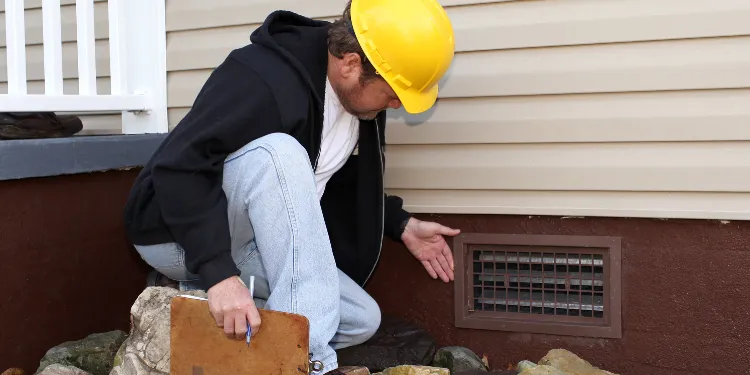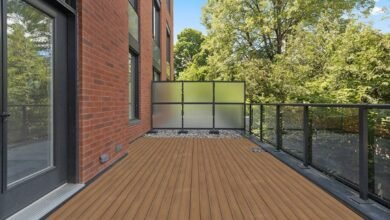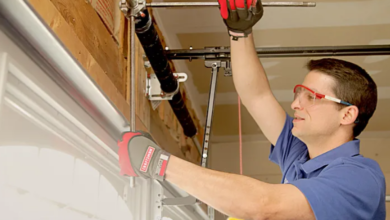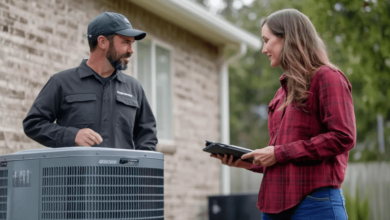How Crawl Space Repair Can Improve Indoor Air Quality

If the crawl space in your home is damp and musty, it may affect the air you breathe and cause discomfort in your home. A qualified repair team encapsulates your space to eliminate moisture and musty smells from your living space. Here are some ways crawl space repair can help improve indoor air quality:
Stops Moisture and Biological Growth
Because crawl spaces are located below ground level, they attract moisture due to constant condensation, humidity, and groundwater pressure. Moisture issues contribute to biological growth and wood rot within your indoor space. The dampness affects your indoor air quality because musty odors rise into your home and spread to different rooms.
To prevent moisture and biological growth, a team seals your crawl space using a vapor barrier; this technique, known as encapsulation, covers the floor and walls, isolating the crawl space from damp soil and external air. Quality liners have an antimicrobial coating that prevents biological growth and material decay. During repair, an expert can install a dehumidifier to allow cleaner and drier air to circulate in your home.
Reduces Air Contaminants
Many crawl spaces are dark and poorly ventilated; this means they can harbor different contaminants that spread throughout your space. Pollutants, such as dust, pollen, and bad gases, in these areas ruin indoor air quality in some homes. When the air is contaminated, your allergies could worsen, and surfaces frequently get dirty.
To reduce air contaminants, qualified contractors air-seal the crawl space by closing off all gaps, cracks, and joints. This process prevents the unfiltered air in the crawl space from mixing with your home’s indoor air. When done correctly, encapsulation prevents chemical off-gassing and improves air purity within your living spaces. Experts can also remove old insulation made of fiberglass and replace it with spray foam; this helps seal gaps properly.
Prevents Pest Infestation
Since many crawl spaces are dark, damp, and undisturbed, pests may infest the area, making it a perfect place to hide. Pests leave droppings and dander; this releases airborne contaminants that sometimes rise into your living space. If pests chew through insulation, wood, or wiring, they create dust and debris that contaminate HVAC systems. During crawl space repair, professionals use pest-resistant materials to encapsulate the area to prevent nesting and feeding habits. By using inorganic materials such as spray foam insulation, specialists deter pests from eating insulation; another way to prevent pests from invading your space is by sealing gaps around pipes and open vents.
Improves HVAC Function
When your crawl space is unsealed or poorly insulated, it allows contaminated air to enter your ducts and indoor spaces; this forces your heating and cooling system to operate harder to filter the air that your house’s occupants breathe. When HVAC filters are clean and the system works properly, the air quality in your home improves, and it may prolong the lifespan of the equipment. A clean and dry crawl space also decreases humidity levels in the air your HVAC pulls in and distributes.
A team of professionals can insulate your space to create a barrier between the interior and the ground below. Once the area has been insulated, it keeps conditioned air inside your living areas instead of escaping through the floor. This process also reduces humidity in ducts so that the air within your space remains safe.
Read Also: Creating a Home That Feels Warm, Stylish, and Full of Life
Book an Appointment for Crawl Space Repair
If your crawl space is wet and musty, you might need contractors to fix the area to prevent water damage within your home. With the right dehumidifiers, insulation, and encapsulation, this section of your house becomes dry, improving indoor air quality. To make an appointment for crawl space repair, call a trusted local foundation company today.




